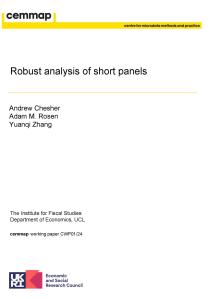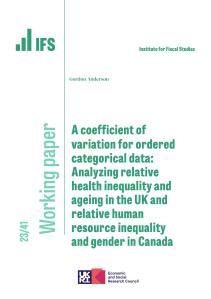Datasets that are terabytes in size are increasingly common, but computer bottlenecks often frustrate a complete analysis of the data. While more data are better than less, diminishing returns suggest that we may not need terabytes of data to estimate a parameter or test a hypothesis. But which rows of data should we analyze, and might an arbitrary subset of rows preserve the features of the original data? This paper reviews a line of work that is grounded in theoretical computer science and numerical linear algebra, and which finds that an algorithmically desirable sketch, which is a randomly chosen subset of the data, must preserve the eigenstructure of the data, a property known as a subspace embedding. Building on this work, we study how prediction and inference can be affected by data sketching within a linear regression setup. We show that the sketching error is small compared to the sample size effect which a researcher can control. As a sketch size that is algorithmically optimal may not be suitable for prediction and inference, we use statistical arguments to provide ‘inference conscious’ guides to the sketch size. When appropriately implemented, an estimator that pools over different sketches can be nearly as efficient as the infeasible one using the full sample.









